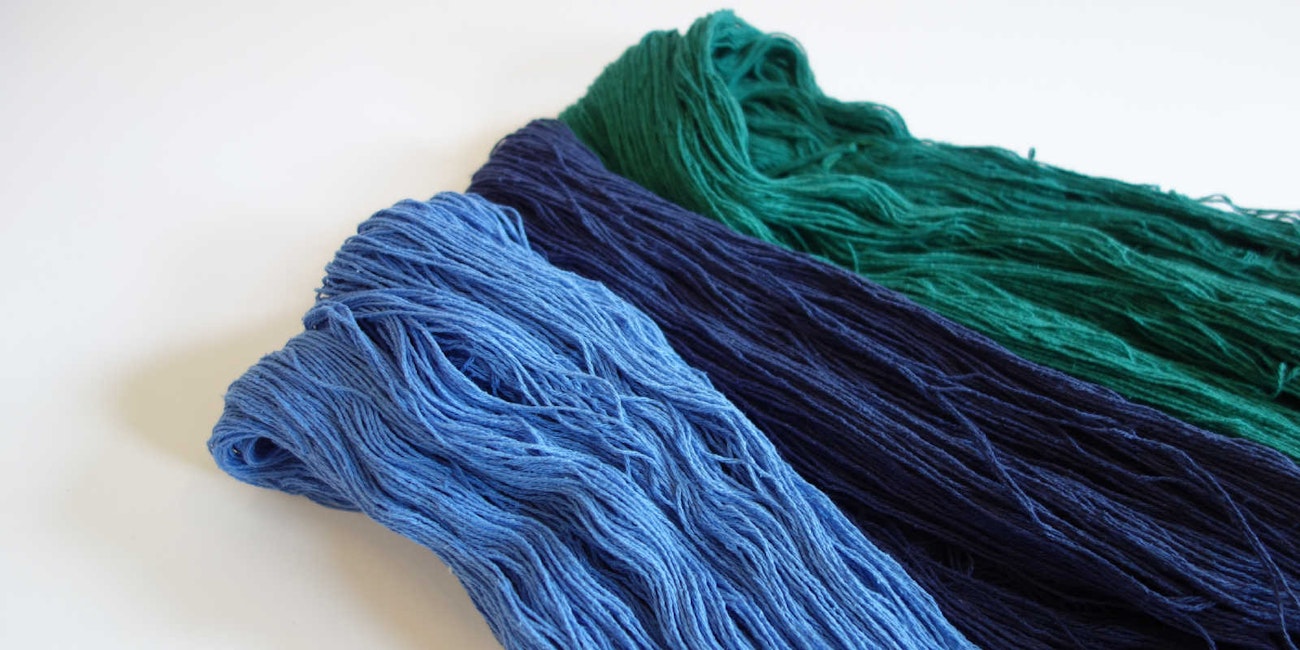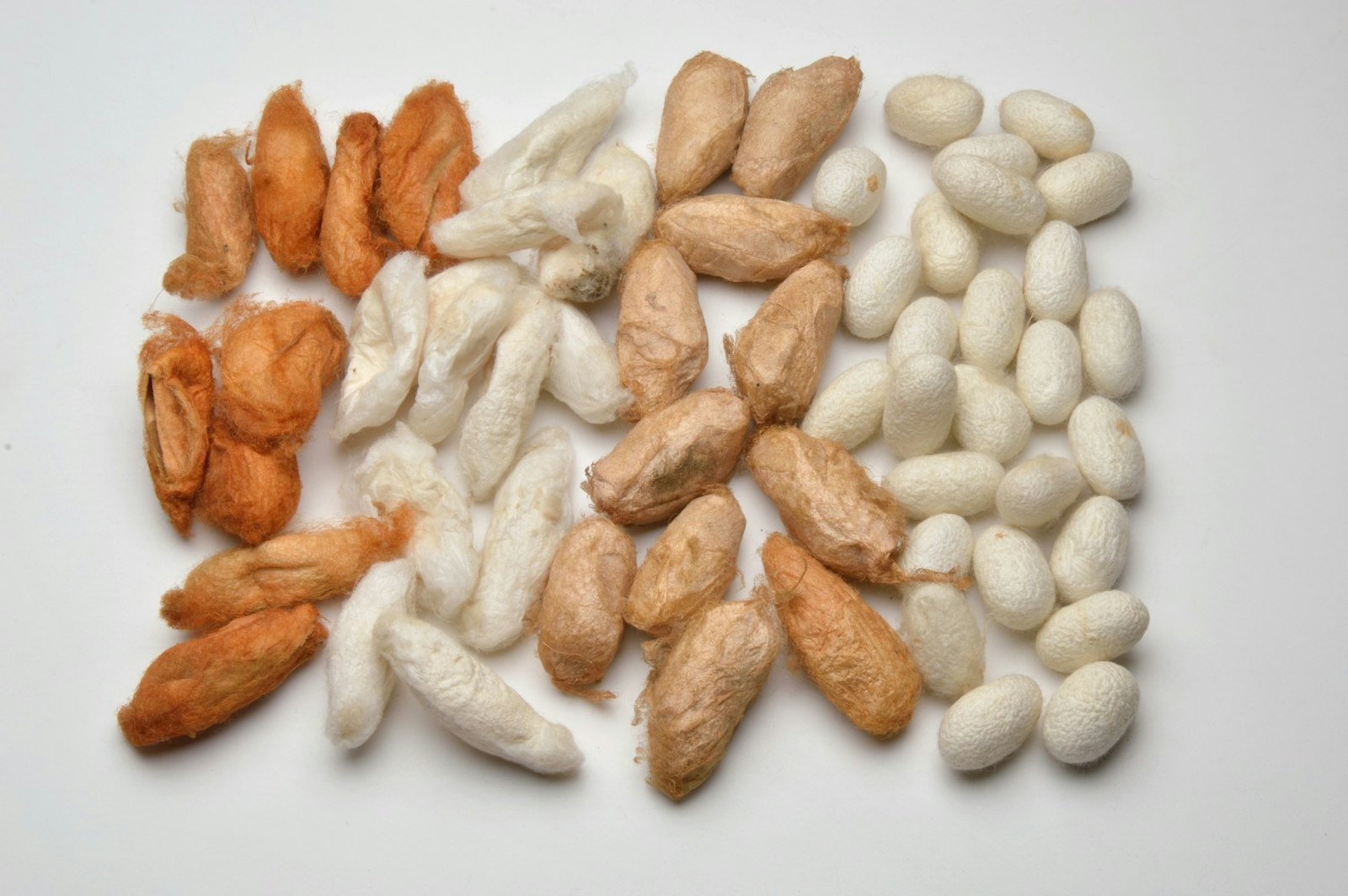Contents

Silk is one of my favorite fibers. It’s warm in winter and cool in summer, the texture is delightful, and the sheen is unbeatable. Silk can also be a scary fiber to try for the first time, especially if you’re weaving on a small loom. Fortunately, with a little education on silk you can approach this wonderful fiber, fear free. Today’s Skill Guide will give you a solid foundation. As you read, you’ll learn about:
- How to choose silk for the rigid-heddle loom
- The different types of silk yarn and how they’re made
- How to wash your silk projects without fear
- Why you should whack your silk scarves after washing
Every item we’ve selected for this guide is part of your All Access program and will help you get the most out of your subscription. Check out the Little Looms Library and our video course website for more learning opportunities.
Happy Weaving,
Christina
What to Consider When Considering Silk
By Christina Garton
Size Matters
Yarn size should be your first consideration when choosing what silk to weave with on your rigid-heddle loom (or inkle or pin loom). While there are a plethora of silk and silk blends on the market, many are too fine for the rigid-heddle loom.
Fortunately, there are some wonderful silks available that weave up beautifully at 12 ends per inch (epi) in plain weave, which is also the highest sett most single-heddle rigid-heddle looms go up to.
 Silk noil, such as the skeins shown here from Gist Yarn, is often thicker than other types of silk making it rigid-heddle friendly. Photo courtesy of Gist Yarn
Silk noil, such as the skeins shown here from Gist Yarn, is often thicker than other types of silk making it rigid-heddle friendly. Photo courtesy of Gist Yarn
What do you do if you don’t have a 12-dent rigid heddle? One way to open up your yarn options is by doubling up your warp and using two threads as one end in every slot and hole. Using this method with an 8-dent heddle lets you weave a yarn with a recommended warp sett of 16 epi.
Using two heddles is another way to use finer silk yarns on your rigid-heddle loom, although this will only work if you have a double-heddle setup. Using two heddles of the same sett will effectively double your epi. If you have two 10-dent heddles you can weave at 20 epi.

